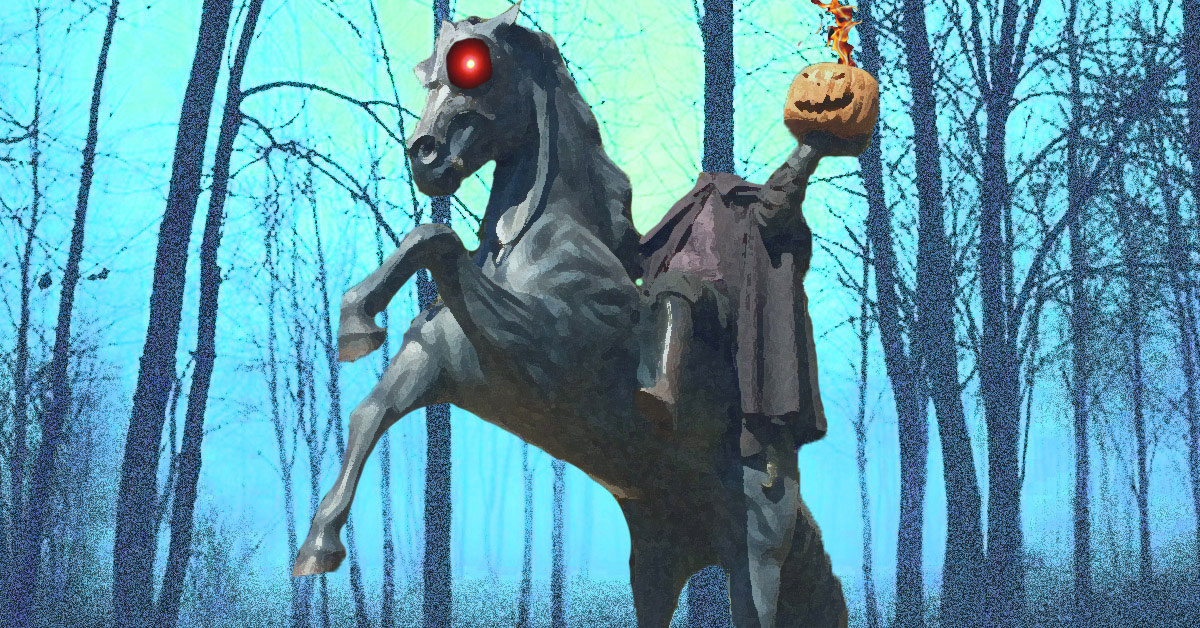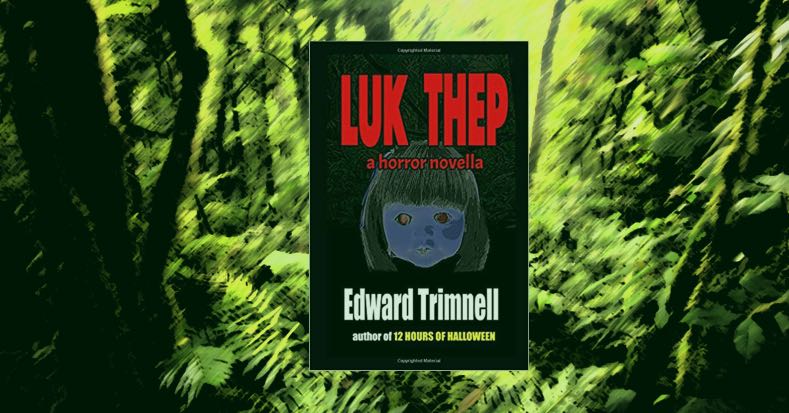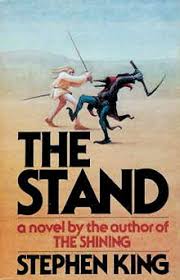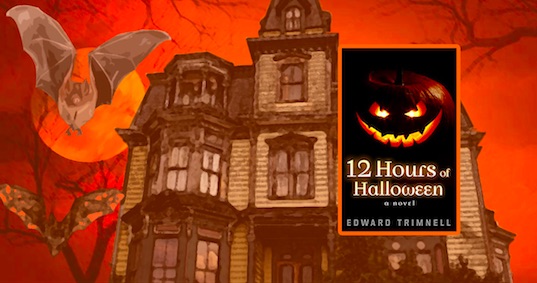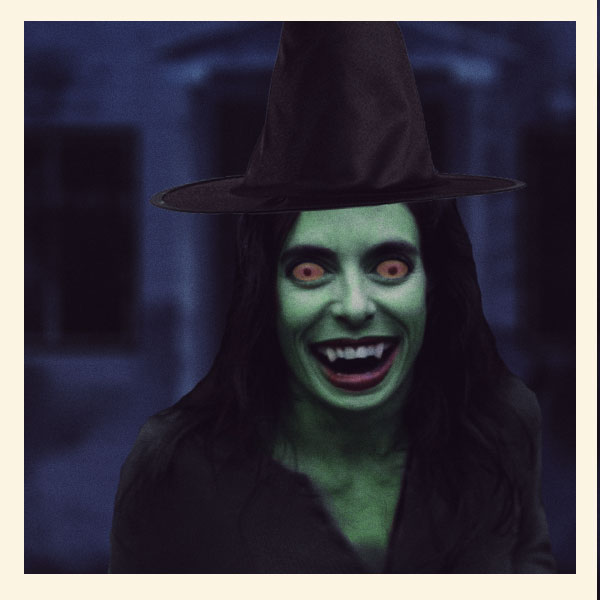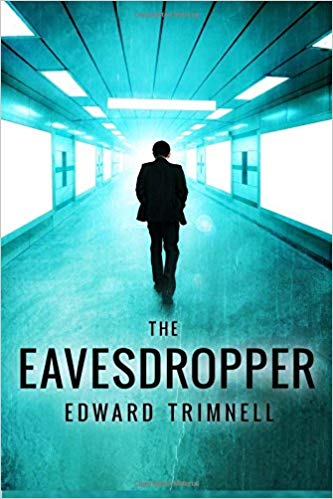As both a writer and a reader, I know Kindle Unlimited from the inside out.
Kindle Unlimited (at the time of this writing) costs $9.99 per month.
(Keep reading for information about the FREE TRIAL, though.)
Kindle Unlimited is an Amazon program that gives members more or less unlimited access (hence the name of the program) to a vast body of enrolled books.
How many books, exactly?
I don’t know how many titles are enrolled in Kindle Unlimited at the moment. Probably no one does. But more are added every day.
It’s a big, big bunch. (That’s a technical term, by the way.)
There are more books in Kindle Unlimited than you are going to read in your lifetime (even if you’re still in your twenties, and you don’t drink, smoke, or eat trans fats).
Or to put it another way: You will never exhaust the books available to you in Kindle Unlimited.
I can promise you that.
So….what kinds of books are included with a Kindle Unlimited membership?
Well, first of all: These are Kindle, electronic books. (You probably already know that, but I should mention this just in case.)
Not paperbacks or hardcovers, etc.
Some Kindle Unlimited titles do include FREE audiobooks, too…but not all of them. Kindle Unlimited is primarily about ebooks.
“Yeah, I get that. But what kinds of books?”
A lot of fiction.
(Some nonfiction, too…But a lot of fiction.)
Genre fiction abounds in Kindle Unlimited. Romance, science fiction, fantasy, cozy mystery, etc.
Oh, yes, and erotica, too. (Since you’ll be reading on your Kindle device, no one will know what you’re reading: the modern equivalent of the plain brown wrapper.)
Series
Many Kindle Unlimited authors publish series. So if you find a character whom you like, you may be able to follow that character on numerous adventures, over the course of a long series of books.
Constant authorial output
Kindle Unlimited authors are largely compensated by page reads. (Like I said, as an author, I know the program from both sides.) Therefore, many of them are writing machines, in the grand tradition of the old pulp writers.
Are there any downsides to Kindle Unlimited?
Kindle Unlimited is a great deal for voracious readers who like certain kinds of books. But there are a few other things (not necessarily sales points) that you should know about the program. With Kindle Unlimited, as with almost everything else, your mileage may vary
In Kindle Unlimited, you won’t find the books that you see on the shelves at Walmart.
Books by John Grisham, Stephen King, Lisa Scottoline, and James Patterson, etc. generally aren’t enrolled in Kindle Unlimited.
(You can still order these books for your Kindle, of course—but you’ll have to pay for them.)
Authoritative nonfiction titles are scarce in Kindle Unlimited.
I like to read big, thick nonfiction books, especially about history and economics. For example: Leonardo Da Vinci, by Walter Isaacson.
Those aren’t the kinds of books that typically show up in Kindle Unlimited.
Once again: Kindle Unlimited is mostly about genre fiction.
Maybe you won’t read as much as you think you will.
Life happens, right? Maybe you’ll plan on reading…But you’ll be busy at work…Or you’ll go on vacation, or….
You know what I mean.
And if that happens, you might not get your monthly fee’s worth.
Moreover, not every reader is a truly voracious reader.
Are you the sort of reader who reads four or five books per year? Kindle Unlimited (probably) isn’t your thing.
Do you read multiple books per week? Then Kindle Unlimited might be for you.
The bottom line
Kindle Unlimited is a great program. Moreover, it’s an Amazon program, and you probably already have a relationship with Amazon. (If you don’t have a relationship with Amazon and you live in the U.S., you are an extreme rarity, indeed.)
But as I said: Your mileage may vary.
So…what’s the best thing to do?
In my opinion, your best option is to sign up for a Kindle Unlimited 30-day FREE trial.
That way, if you like Kindle Unlimited, you can continue with it.
On the other hand, if you determine that Kindle Unlimited isn’t your thing, you can cancel, nothing lost.
Why not give Kindle Unlimited a try?
You have nothing to lose, after all.
I strongly recommend that you give Kindle Unlimited a FREE try. And while you’re thinking about Kindle Unlimited, you might also want to check out the newest Kindle devices from Amazon.

